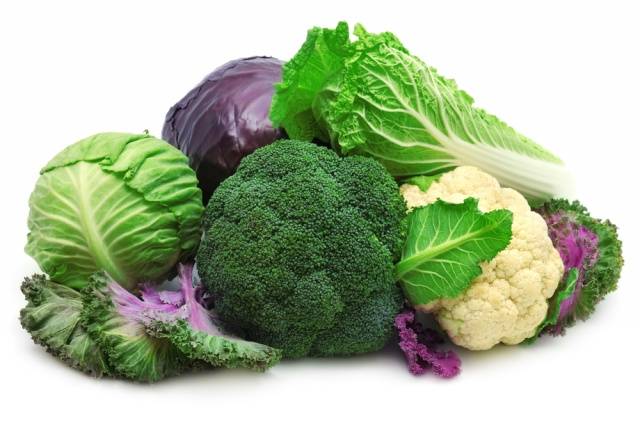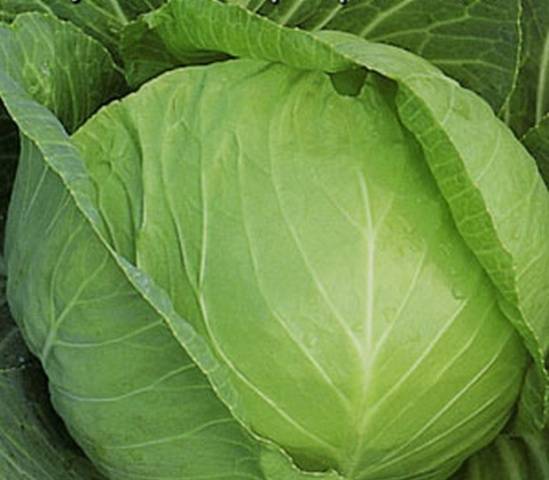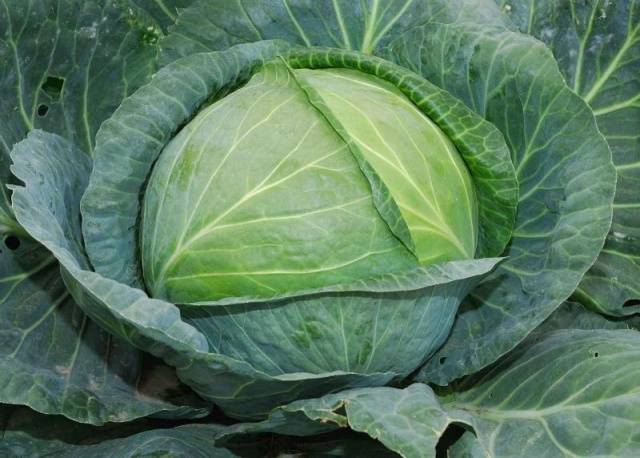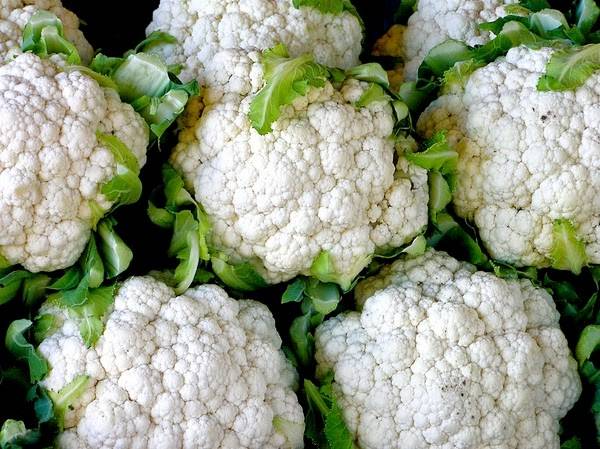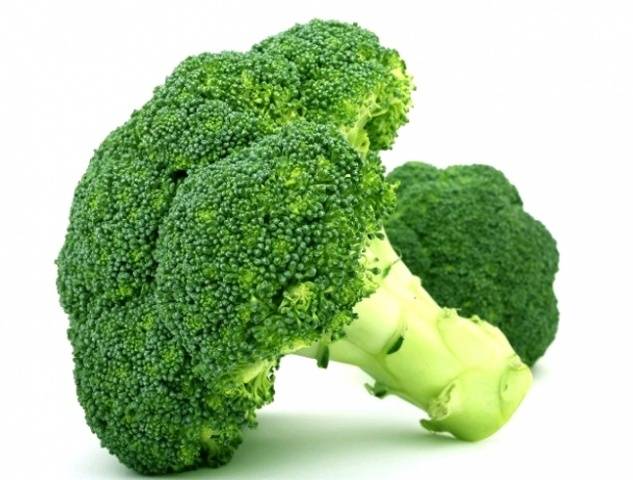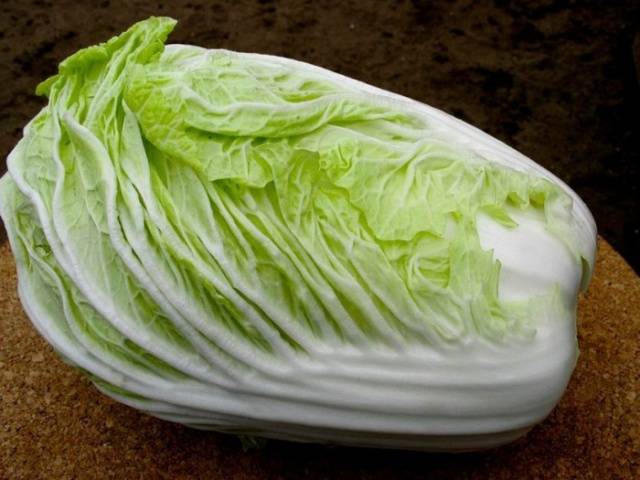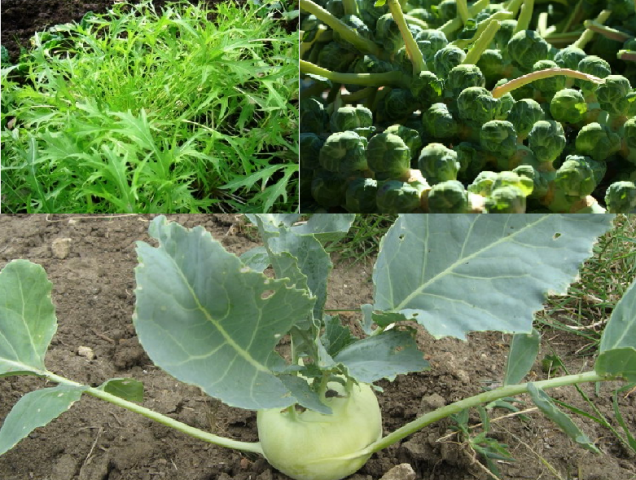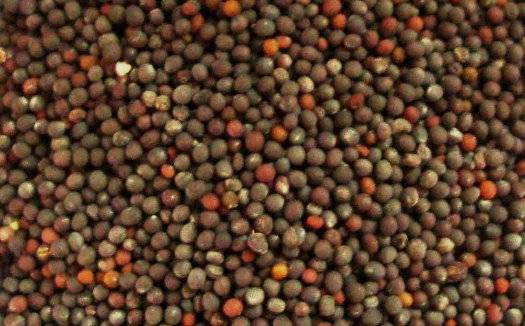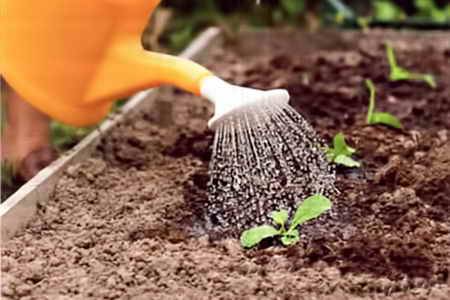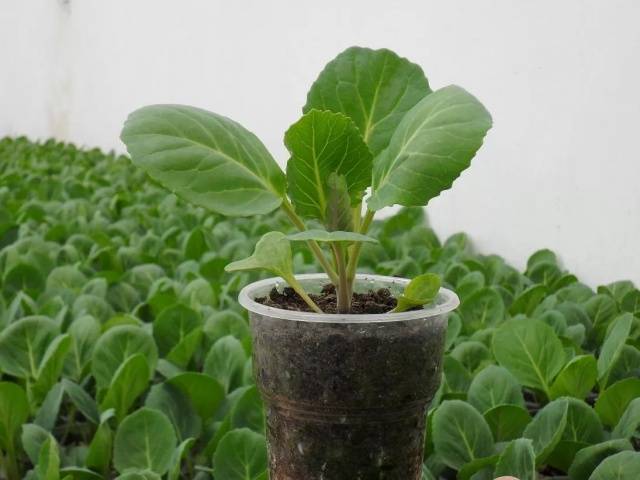Content
Cabbage is a widely known vegetable for a long time. It is grown in various parts of the world. There are many varieties of this vegetable crop. Broccoli, cauliflower, Peking cabbage, white cabbage, Brussels sprouts, Japanese cabbage - this is not a complete list of cabbage species that are grown, including in the Urals. The climate of this region dictates its own conditions and rules to gardeners. So, it is recommended to cultivate cabbage using the seedling method, sowing seeds in early spring. At the same time, it is necessary to select the varieties that are most suitable for the region, which will have time to ripen before the onset of early winter. To help novice gardeners, we will try to tell in more detail about when to plant cabbage for seedlings in the Urals, which varieties are best for this and how to care for plants to get a good harvest.
Sowing time of seeds depending on the variety
This will allow the vegetable to tie up in a timely manner and ripen before the onset of the winter cold. This condition applies to all types of vegetables. So, based on the experience of farmers, we will try to select the best varieties for this region and determine the time, when to sow cabbage for seedlings.
White cabbage
This type of cabbage is traditional for Russia. It is grown by the absolute majority of gardeners, choosing for themselves the best varieties with high yields and good taste. So, for cultivation in the Urals, it is recommended to give preference to the following early-maturing varieties: June, Zarya, Dumas f1, Transfer f1, Kazachok f1... Heads of cabbage of these species are ready for cutting within 3 months after sowing the seed. The yield of these crops is quite high: from 6 to 10 kg / m2... Sowing the seeds of these varieties for seedlings should be in March. The optimal date falls on the 10th day of the month. Dive cabbage seedlings in the ground with such a growing schedule should be in May, at the age of 50-60 days.
Among the varieties with an average ripening period, cabbage should be distinguished Dietmarscher Fruer, Aigul, Bolikor F1, Golden Hectare, Copenhagen Market... These varieties are excellent for the climate of the Urals and have time to ripen before the onset of winter.
For winter harvesting and laying of cabbage for long-term storage, you should pay attention to such varieties as "Amager 611", "Valentina", "Zimovka", "Stone Head". The period of their cultivation is quite long, it is 150-160 days. Sowing the seeds of these varieties for seedlings in February, and diving the plants into the ground at the end of May at the age of 80-90 days, you can get an excellent harvest of winter cabbage, suitable for pickling, pickling, storage.
Thus, when choosing a variety of white cabbage, you should definitely pay attention to the period of its ripening: for seasonal use, you should choose early or mid-early varieties; for harvesting vegetables for the winter, it is recommended to plant varieties with a longer ripening period. It is worth noting that all the varieties listed above are included in the TOP-best.Their taste and agrotechnical qualities were appreciated by the country's farmers.
Cauliflower
Cauliflower is grown, of course, less often than white cabbage, but at the same time it has a lot of useful microelements and deserves attention. Several varieties of this crop can be grown in the climate of the Urals. So, early ripening varieties are popular among farmers of the region. Koza-Dereza, Bruce f1, Alpha, Nemo f1... They are distinguished by a short ripening period: 80-90 days should pass from sowing the seed to cutting the head.
Besides seasonal consumption, cauliflower can be frozen for the winter. For these purposes, you should choose one of the special varieties: "Marvel 4 seasons", "Summer resident", "Amerigo f1". The ripening period of these varieties is long, 110-120 days, therefore, seeds should be sown for seedlings at the end of February or at the beginning of March. It is necessary to dive seedlings into the soil in May.
Gardeners of the Urals should pay special attention to cauliflower. When planting late-ripening varieties, you should not worry too much about the timing of ripening, because with the onset of cold weather, the vegetable can be artificially grown. To do this, you need to dig up the plant with the root and place it in a dark place with a favorable temperature.
Broccoli
This amazing cabbage is originally from Italy. For a long time, it was grown and consumed only in this Mediterranean region. Today the culture has spread all over the world.
The Ural climate is good for growing this vegetable. You can sow broccoli seeds directly into the ground or on seedlings. The sowing time of the seed depends on the early maturity of the variety. So, varieties with an early ripening period, such as "Vyarus", "Lord f1", "Montop f1" are sown in mid-April. Late ripening varieties (Beaumond, Belstar) should be sown for seedlings in March. Grown plants should be dived into open ground in late May - early June. The time for planting cabbage in a greenhouse or greenhouse can be scheduled 2-3 weeks earlier.
Grow broccoli in open ground and greenhouses it is possible by direct sowing of seed. So, sowing crops in the climate of the Urals should be carried out in the period from May 15 to June 20. It is recommended to use varieties of early ripening for growing from seed.
Chinese cabbage
Peking cabbage is in many ways superior to the usual white cabbage. Its leaves are more juicy, do not contain coarse fibers and bitterness. The cultivation of the Peking vegetable in Russia began relatively recently, however, both in the southern and northern regions one can find farmers with positive and sad cultivation experience. The thing is that the vegetable does not tie well in the presence of a long light period. That is why it is recommended to sow crop seeds on seedlings early enough, about 60 days before the expected pick.
Early varieties of Chinese cabbage ("Alyonushka", "Hydra", "Kustar f1") are sown on seedlings at the end of March, and in June they are planted in open ground. Such a growing schedule allows you to dive already adult plants that do not stretch from the heat and have already formed ovaries.
Above are the varieties of different types of vegetables that can be grown in the Urals. The sowing dates of these crops are marked as advisory, since in each case it is worth taking into account the temperature indicators and growing conditions (open ground, greenhouse, greenhouse) individually.
Other types of cabbage
It is worth noting that red cabbage, in terms of sowing time for seedlings, corresponds to the white cabbage species. Brussels sprouts, kohlrabi, Japanese cabbage are rather a wonder for gardeners.It is rarely grown, however, for reference, experimental gardeners need to know:
- Brussels sprouts early ripening ("Merry Company", "Commander", "Sapphire") should be sown for seedlings at the end of April and dive into the ground at the age of 30-35 days. Late varieties ("Sanda", "Pihant", "Curl") ripen 170-180 days from the day of germination, so their seeds must be sown in early February.
- You can grow in the Urals and kohlrabi cabbage... To do this, you should prefer the varieties "Pikant", "Moravia", "Sonata f1", "Modrava". These varieties mature in just 65-70 days. Sowing their seeds for seedlings should be in April. Late varieties of kohlrabi ("Cartago f1", "Eder P3", "Madonna") are not recommended to be grown in the Urals at all.
- Japanese cabbage is a thin, green leaf. This culture is good for the human body. It is used in salads. Growing a plant is not at all difficult by sowing the seed directly into the ground. The technical ripeness of the Japanese "salad" comes in 30-40 days from the day of sowing the seeds.
Thus, by choosing the best varieties of cabbage, you can get a harvest even in the most severe conditions of the Urals. In this case, you need to know how to prepare cabbage seeds and sow them correctly on seedlings. Caring for young plants at home also plays an important role in the cultivation process. You can see seedlings of various types of vegetables and hear the gardener's comments on the video:
Seed preparation
Having decided on the variety and time for sowing seeds, you can start preparing them. So, before sowing cabbage grains, it is recommended to warm up: put on a baking sheet and place in an oven preheated to 500From for 15 minutes. After such heating, cool the seeds under running water and soak in a micronutrient solution for 12 hours. Such a thermal procedure will help to harden the cabbage, make it more productive, and also eliminate possible pests and their larvae from the surface of the grains. An example of such heat treatment is shown in the video:
.
It is worth noting that some growers in an industrial setting process seeds with nutrients and growth accelerators. Information about this must be present on the packaging.
Sowing seeds in the ground
To cultivate cabbage seedlings, you need to fill up with nutritious soil. To do this, you can mix fertile soil with peat and sand in equal proportions. The prepared mixture can be disinfected by heating or by spilling with a solution of potassium permanganate.
Cabbage seeds for seedlings can be sown in one large container or in separate containers. The first method will require an intermediate picking of plants, which will slow down the growth of cabbage and take some time. It is much more convenient to sow cabbage seeds directly into insulated containers. So, in each glass to a depth of 1-, 15 cm, 2 seeds must be sealed. After germination, one sprout will need to be removed, leaving a stronger specimen.
Care of young plants
To grow strong, healthy seedlings, it is necessary to observe the optimal temperature and humidity conditions. So, before the emergence of seedlings, containers with crops should be placed in conditions with a temperature of + 20- + 250C. However, with the emergence of the growth, the conditions should be changed in order to avoid excessive stretching of the seedlings. Optimum temperature for cultivating cabbage seedlings +170C. At night, this indicator can drop to +140C. A few days before diving into the ground, the seedlings must be hardened by taking the containers outside.
Watering the seedlings should be carried out as the soil dries. In this case, the water should be settled, at room temperature. It is worth noting that excessively moist soil is undesirable for cabbage, as it can lead to the development of blackleg.
It is necessary to feed cabbage seedlings three times.So, gently carry out the first feeding when forming 3-4 true sheets. As a fertilizer, it is recommended to use universal formulations with nitrogen, phosphorus and potassium. The fertilization schedule should be planned in such a way that the third stage of fertilization falls on time before the seedlings dive into the ground.
You need to plant cabbage seedlings in pre-prepared, moistened wells. It is necessary to close the plants into the soil to a depth of cotyledonous leaves. The distance between seedlings should be more than 30 cm when planting in open ground, and more than 20-25 cm when diving into a greenhouse.
Conclusion
It is not at all difficult to grow cabbage by seedling in the Urals, if you know exactly at what time to sow the seeds, how to prepare them for sowing and how to care for young plants. It is using your own knowledge and the experience of other farmers that you can get an excellent harvest even in a relatively unfavorable climate. At the same time, do not be afraid to experiment, because a wide variety of types of vegetables allows you to get products that are different in taste and microelement composition. So, even in the Urals, you can successfully grow kohlrabi, Japanese or Brussels sprouts to the surprise of others.
